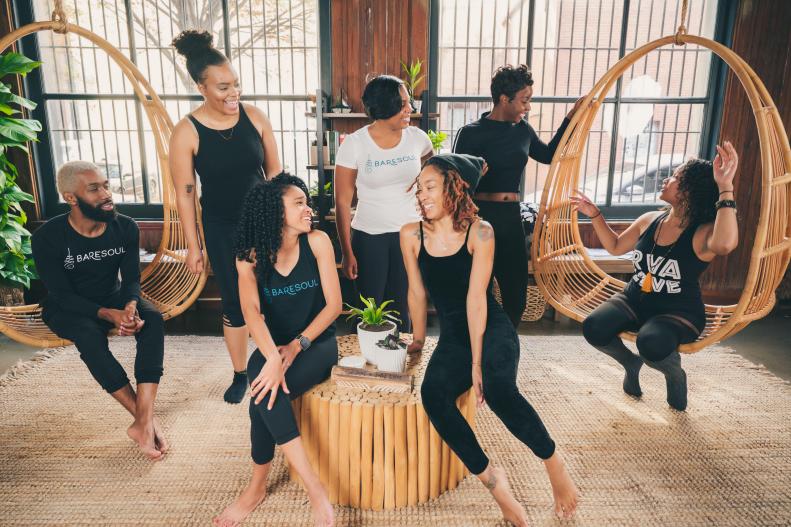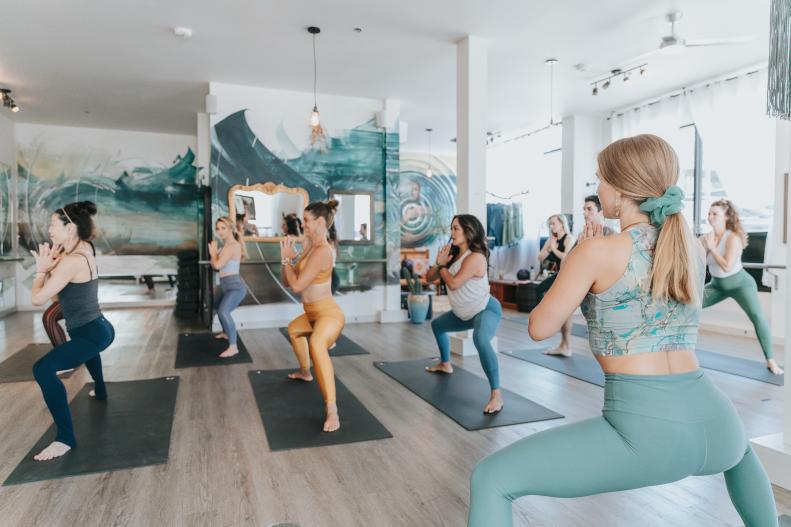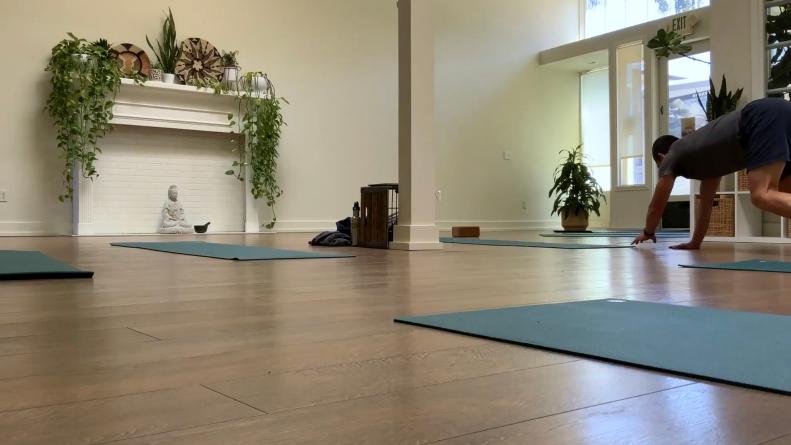1 / 13
Photo: BareSOUL Yoga and Wellness
Well-Designed Spaces Can Transform Us
Wellness spaces can provide great design inspiration. Mirror a few design moves from some of the most stunning studios in the country — and we’ll explain the science behind what makes them feel so magical.
Classes are in session once again (the team at Richmond, Virginia’s lovely BareSOUL Yoga and Wellness, pictured here, is now teaching in person throughout their city), but there’s no reason that beatific balance you feel in child pose can’t infuse your space all the time.









